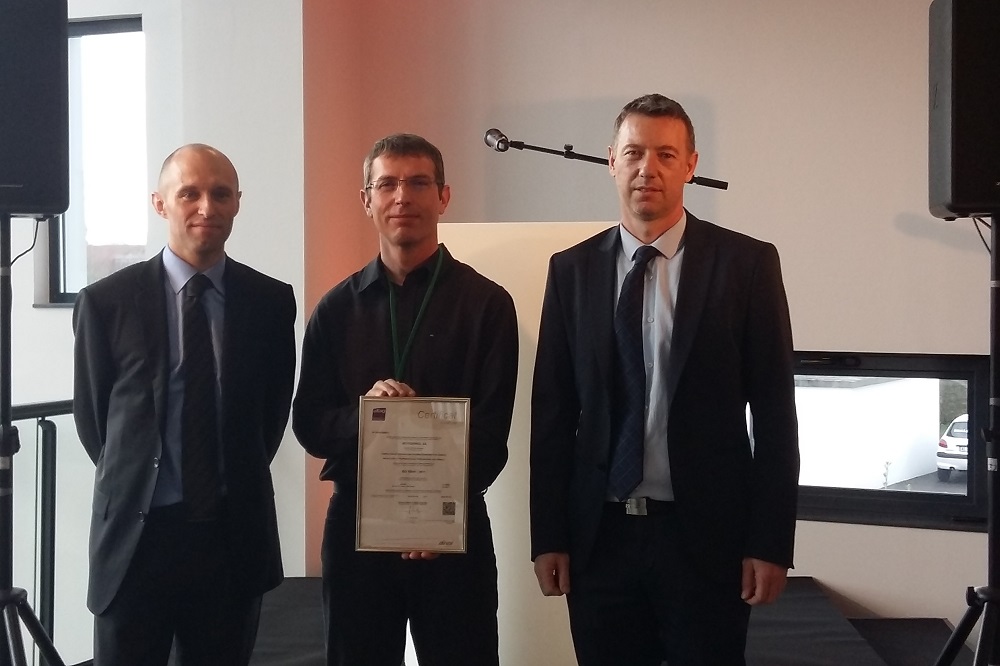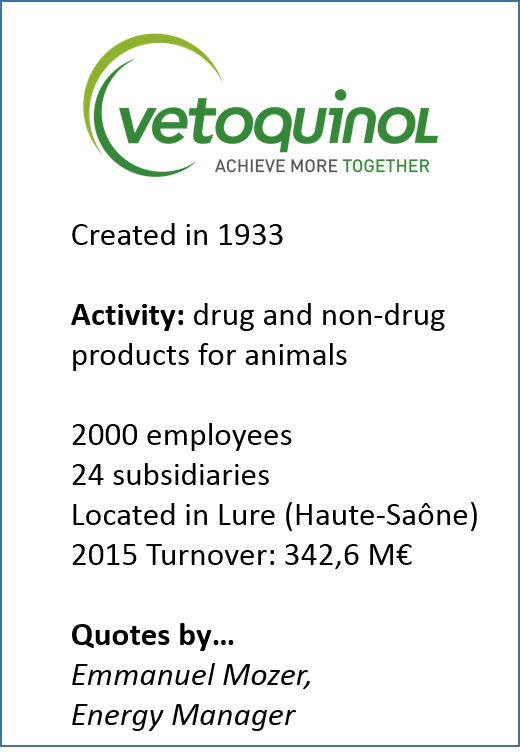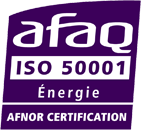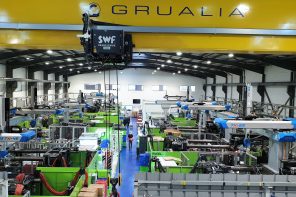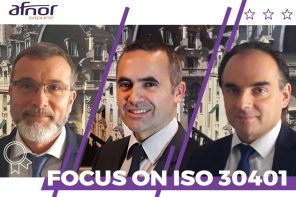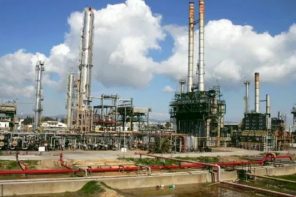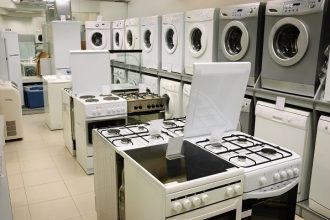[columns_row width=”two-thirds-and-third”]
[column]
Vetoquinol, based in Lure (Haute-Saône département), has obtained ISO 50001 certification for its energy management system, which aims to reduce gas and electricity consumption by 6% in two years. In the process, Vetoquinol has become the first veterinary pharmaceutical laboratory to receive ISO 50001 certification.
You were awarded ISO 50001 certification on 18 January. What prompted you to embark on such a process?
The feeling that we had reached a plateau. We spearheaded a number of energy-saving initiatives between 2007 and 2011, but they were being held back by the user aspect. A double opportunity arose in 2014. Firstly, it was announced that large organizations would be required to carry out an energy audit before 5 December 2015 in accordance with the European Directive on Energy Efficiency (editor: the deadline was extended to 30 June 2016 in France), unless ISO 50001 certification had already been obtained. The second opportunity came with the launch of a collective support initiative with AFNOR, the Franche-Comté Chamber of Commerce and Industry and the regional office of the ADEME national environmental agency. We are delighted that we decided to subscribe to the initiative, because networking with other companies and visiting their sites proved to be highly rewarding.
How much of your expenditure goes on energy?
Approximately 3 %, i.e. between €1,2 and €1,3 million a year; electricity accounts for two thirds, and gas represents the other third. The business climate is driving companies to look for ways of saving money in every area. At our site in Lure, which is covered by the scope of ISO 50001 certification (not including transport), we are aiming to lower gas and electricity consumption by 6 % by the end of 2016 compared to late 2014. One year on and our progress report reveals a 4 % reduction for electricity and 1.5 % for gas.
What initiatives did you use?
We focused our efforts on our 80 air handling units, which play a key role in the operation of our clean rooms and which account for half of our electricity consumption. We fine-tuned their setpoints to prevent the ventilation system from kicking in too early, reduced the rate at nights and weekends, and adjusted the temperature ranges. Cutting our electricity use was easier than gas. We had to ensure that such changes had no effect on quality.
Did you your colleagues have any misgivings about quality?
This type of project is doomed to failure if you do not involve all the teams. We needed to reassure people about quality, namely those who believe that changing an established process is tantamount to risk-taking, particularly in a sector concerning health. Our project team also brought production managers, human resources, maintenance, purchasing and communication into the loop, without forgetting the company’s senior executives, who were receptive to the prevailing discussions about the climate and energy transition, but who are obviously expecting a return on investment. Furthermore, we alerted all employees to the issue by slipping a booklet about energy savings into their wage packets and organizing an Energy event at the site on 8 October. They were given chance to try out electric cars and bikes.
Speaking of which, have you given any thought to transport?
Transport is not covered by the scope of ISO 50001 certification, such as audited by AFNOR Certification. At Vetoquinol, transport represents 17 to 18 % of our energy consumption, which is below the threshold of 20 % permitted in practice. That will be our next challenge, starting with trips less than 100 km, which can easily be performed in an electric vehicle.
[/column]
[column]
AFAQ ISO 50001
[button content=”Find out more on ISO 50001″ color=”yellow” text=”black” url=”http://www.boutique-certification.afnor.org/certification/certification-iso-50001″ openin=”_blank”]
[/column]
[/columns_row]

